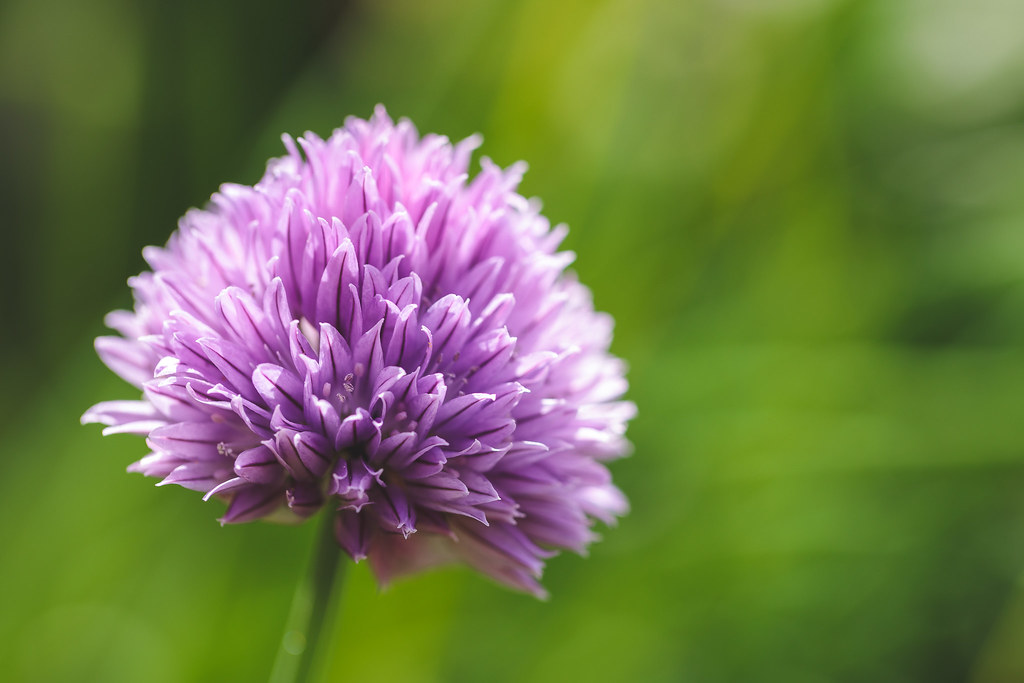#allium schoenoprasum
Text

Chives (Allium Schoenoprasum)
#photographers on tumblr#nature#flowers#spring#purple#floral#flores#primavera#chives#allium schoenoprasum#spices#original photographers#original photography#vertical
216 notes
·
View notes
Photo

..
#flowers#spring#cottagecore#nature photography#plantblr#allium schoenoprasum#original photography#Amaryllidaceae#botany#botanik#flowering#blüte#plants#pflanzen#original photographers#asparagales#garden#garten#gardening#allium#cottage aesthetic#april#springtime#frühjahr#floral aesthetic#floral#flower#blume#nature#natur
28 notes
·
View notes
Text
mmmmmmmmmmm, allium schoenoprasum
1 note
·
View note
Text
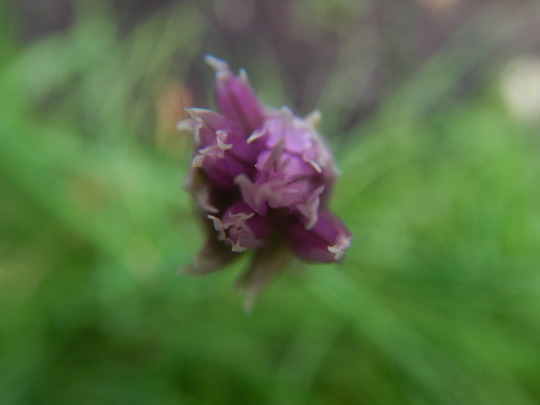
8.10.2022: Schnitttlauchblüte
#urban gardening#chives#schnittlauch#kräuter#zaubergarten#8.10.2022#photo of the day#phototagebuch#tagesphoto#photo diary#photojournal#photo du jour#photo des tages#vienna#wien#bokeh#Allium schoenoprasum#botanik#aus meiner botanisiertrommel#pflanzen
0 notes
Video
Chives Flowers by Oliver Andrews
Via Flickr:
The multiple flowers of a chives flowerhead.
#allium schoenoprasum#canon#canonuk#chives#flora#flower#flowers#garden#nature#outdoors#petals#plant#plants#flickr
1 note
·
View note
Text
Bring the Fresh Taste of Grolau Chives to Your Kitchen: A Beginner's Guide to Growing Allium schoenoprasum 'Grolau' Indoors
If you are a fan of fresh herbs, then Allium schoenoprasum ‘Grolau’, commonly known as Grolau chives, is a great herb to grow indoors. Chives are a versatile herb that add a mild onion flavor to dishes, and they are also packed with nutritional benefits. In this blog post, we will discuss everything you need to know about growing Grolau chives indoors.
Choosing the Right Pot
When growing Grolau…

View On WordPress
#Allium schoenoprasum &039;Grolau&039;#chive#grolau chive#herbs#indoor gardening#indoor herb gardening#indoor herbs#windowsill chive
1 note
·
View note
Text

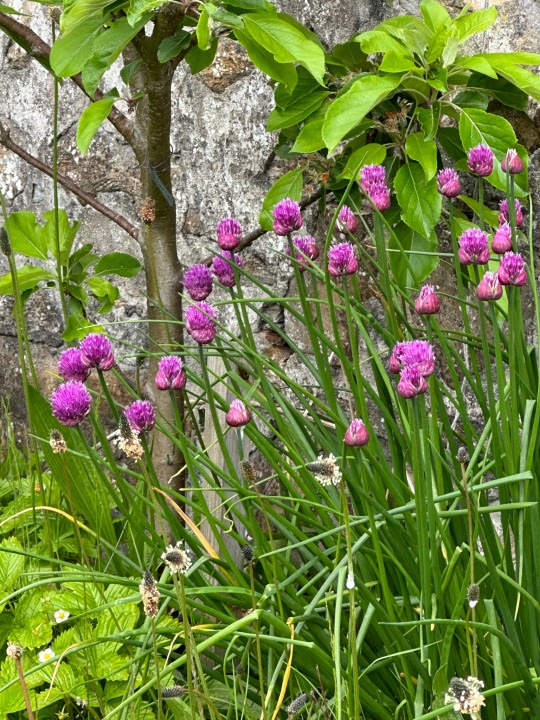

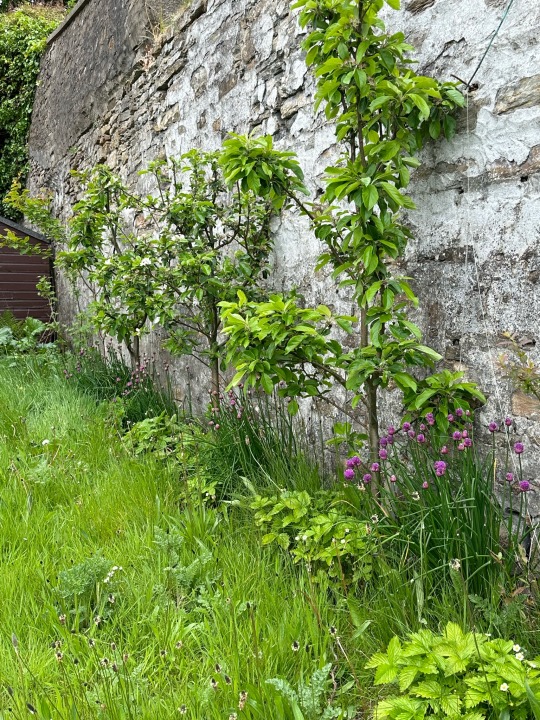
Plant of the Day
Wednesday 31 May 2023
As part of a community project fruit and vegetables are being grown in the forgotten spaces of Stromness, Orkney. These included Allium schoenoprasum (chives) a bulbous perennial that forms clumps of narrow cylindrical, onion-scented leaves, with rounded light purple flowers.
Jill Raggett
#allium#chives#onions#communitygarden#purpleflowers#vegetable#herb#horticulture#plants#writtledesign#gardens#garden#stromness#Orkney
62 notes
·
View notes
Photo
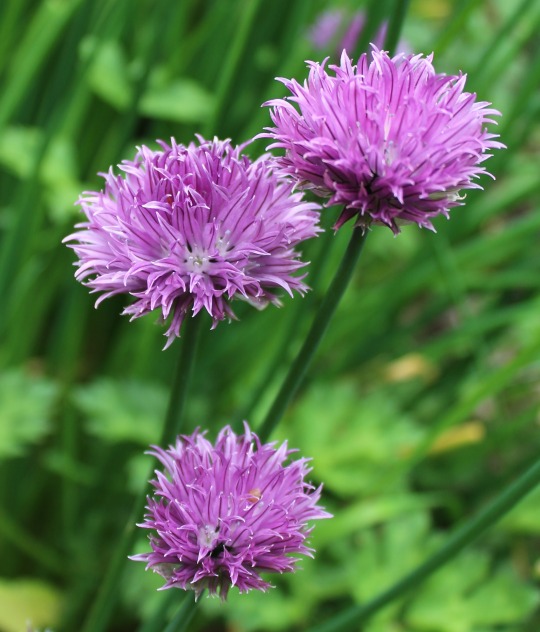
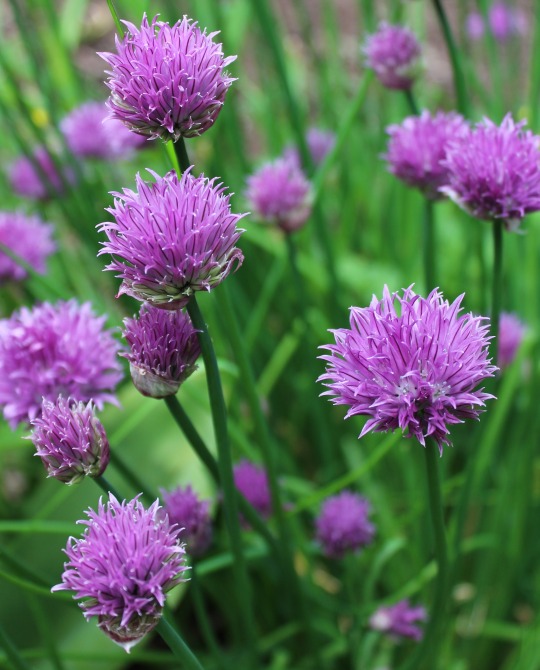
Allium schoenoprasum (Chives)
Generally speaking, culinary herbs don’t have particularly attractive flowers. Chives are a notable exception. They’re almost too pretty to eat.
#flowers#photographers on tumblr#chives#flower photography#our garden#fleurs#flores#fiori#blumen#bloemen#Vancouver
345 notes
·
View notes
Text
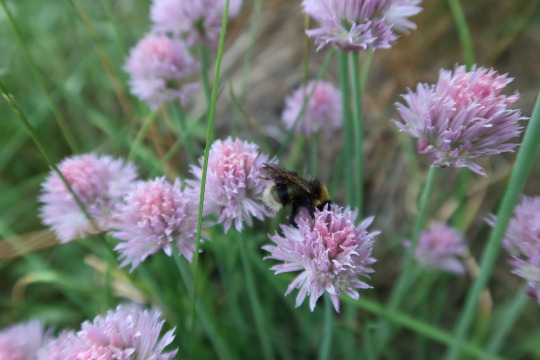
Allium schoenoprasum — chives
3 notes
·
View notes
Photo
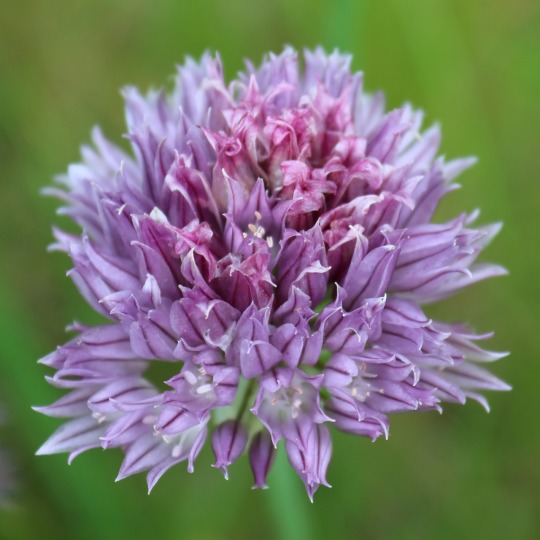
Chives (Allium Schoenoprasum)
#photographers on tumblr#nature#flowers#pink#floral#spring#summer#flores#primavera#verano#chives#allium schoenoprasum#allium#original photographers#original photography#vertical
160 notes
·
View notes
Photo

..
#flowers#gardening#spring#plantblr#flowercore#Allium schoenoprasum#plants#blumen#original photography#frühling#nature photography#natur in deutschland#garden#garten#original photographers#asparagales#chives#schnittlauch#botany#botanik#flower#blume#springtime#frühjahr#botanical#botanisch#nature#natur#plantcore
20 notes
·
View notes
Text



A - Allium schoenoprasum L. - Erba cipollina (Amaryllidaceae)
#photographers on tumblr#digital image processing#original photographers#flowers#Amaryllidaceae#honey bees#pollination
27 notes
·
View notes
Text
Last time I tried this it loaded forever and nothing happened. So let's try again:

Oenothera speciosa (pink evening primrose)

Gaillardia xgrandiflora (blanket flower)

Allium schoenoprasum (wild chives)

Rubus allegheniensis (Allegheny blackberry)

Drymocallis arguta (tall cinquefoil)

Armeria maritima (thrift seapink)

Erigeron glabellus (streamside fleabane)

Aquilegia canadensis (Canada columbine)

Fragaria virginiana (wild strawberry)
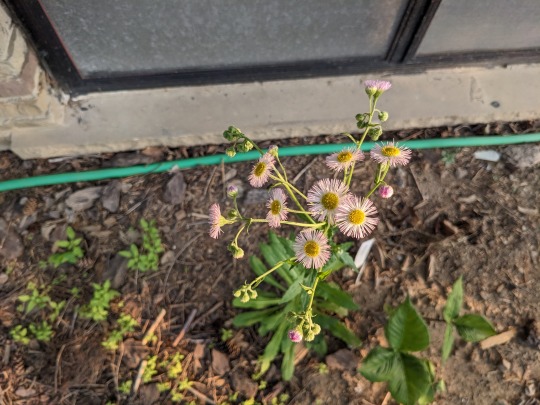
Erigeron philadelphicus (Philadelphia fleabane)

Lupinus polyphyllus (bigleaf lupine)

Mimulus guttatus (yellow monkeyflower)
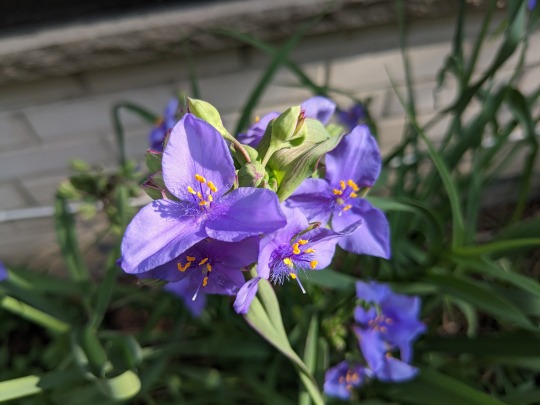
Tradescantia ohiensis (Ohio spiderwort)
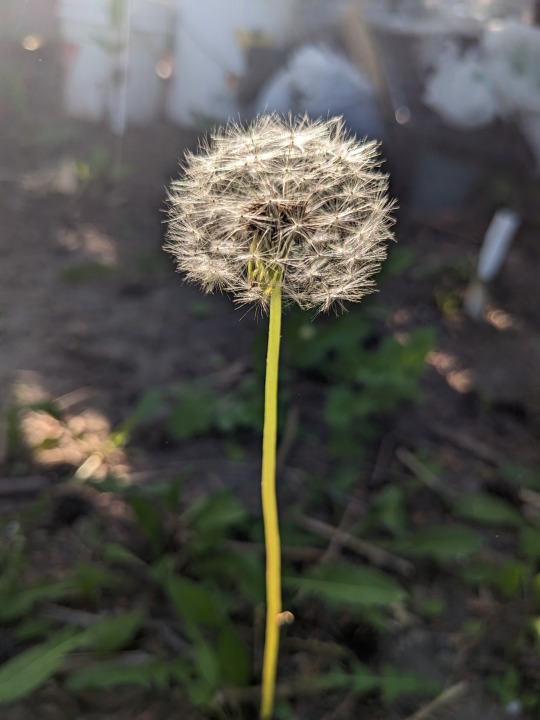
Taraxacum officinale (dandelion)

Hydrophyllum virginianum (Virginia waterleaf)

Fragaria vesca (woodland strawberry)
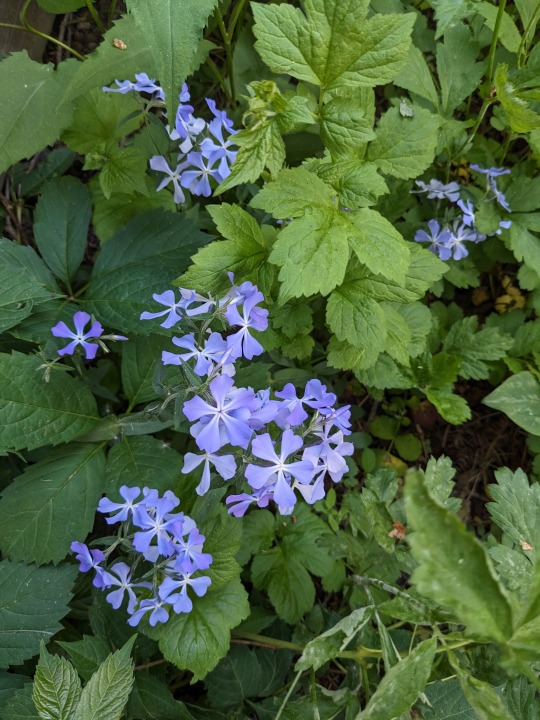
Phlox divaricata (woodland phlox)

Cerastium arvense (field chickweed)

Vaccinium angustifolium (lowbush blueberry)
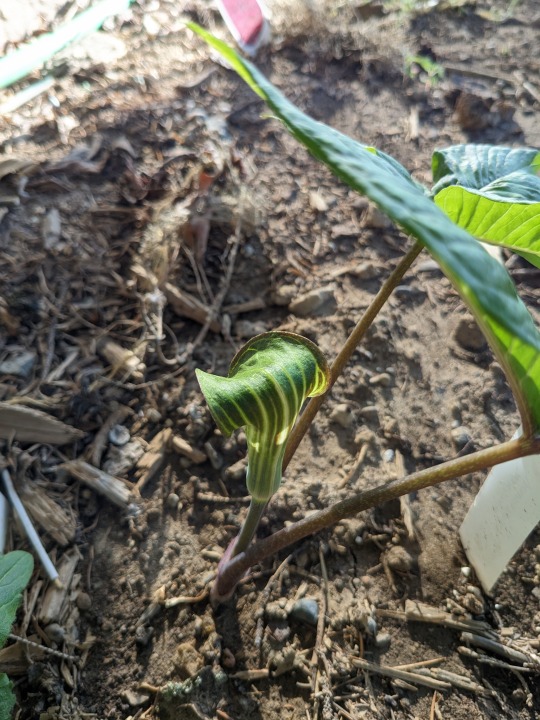
Arisaema triphyllum (jack-in-the-pulpit)

Trillium cuneatum (sweet little Betsy)

Zizia aurea (Golden alexanders)

Calctha palustris (marsh marigold)

Myosotis laxa (smallflower forget-me-not)

Trillium erectum (red wakerobin)

Uvularia grandiflora (largeflower bellwort)

Heliopsis helianthoides (sweet oxeye)

Symphyotrichum novae-angliae (New England aster)

Silphium perfoliatum (cup plant)
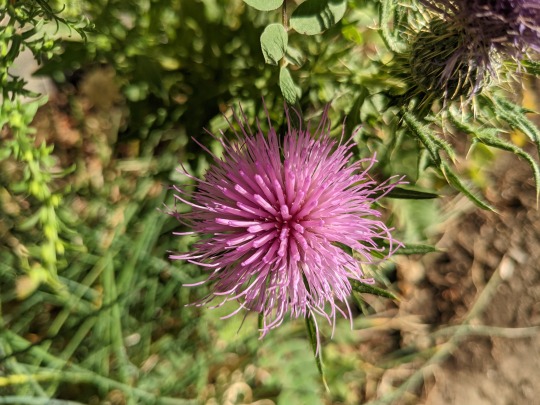
Cirsium discolor (field thistle)
And the rest will have to wait because tumblr cut me off. lol
7 notes
·
View notes
Text
Karelian words - Herbs
Rohtuheiny - herb
Rohtuheinät - herbs
Anistuheiny - Pimpinella anisum
Bazilikku - Ocimum bacilicum
Bohoro��čanheiny, timjam - Thymus vulgaris
Čosnokku, valgolaukku - Allium sativum
Horma - Chamerion angustifolium
Butkiheinä, ičenbutki - Angelica sylvestris
Kadaimarju - berries of Juniperus communis
Kalaheiny - Mentha, esp. Mentha aquatica
Mat'a - Mentha, esp. Mentha spicata
Koriandra - Coriandrum sativum
Kumino, pikkukaza - Carum carvi
Laukkuheiny - Allium schoenoprasum
Petrušku - Petroselinum crispum
Rozmariinu - Rosmarinus officinalis
Ukroppu - Anethum graveolens
It's important to notice and understand that medicinal herbs and spices have large overlap and are referred with same general name. Karelians view food as medicine and medicine as food, which is reflected in this overlap.
11 notes
·
View notes
Photo
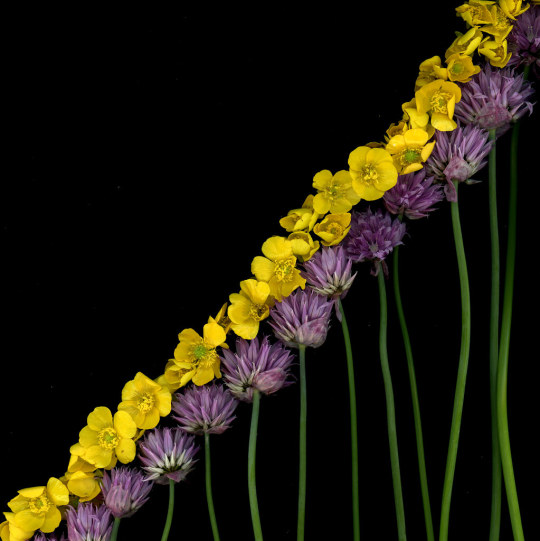
62658.03 Allium schoenoprasum, Ranunculus acris by horticultural art https://flic.kr/p/2nW9bCn
6 notes
·
View notes
Text
Witch’s Herbal Entry: Alliums
Allium spp.

(Above: an ornamental allium, probably A. cernuum, nodding onion, native to North America.)
Common Names: (A. cepa) Onion, Scallion, Shallots, (A. sativum) Garlic , (A. schoenoprasum) Chives, (A. ampeloprasum) Leek
Type: mostly bienniel; those for vegetable consumption are grown as annuals, and some varieties (mostly ornamentals) are perennial
Element: Fire
Astrological: Mars
Magical Uses: protection, exorcism, health & healing, lust
Botanical Family: Amaryllidaceae
Region of Origin: unclear due to extremely wide and early distribution, but probably Central Asia; chives are native throughout the northern hemisphere
Allium is simply the Latin name referring to garlic or onions.
Growth and Care
By and large, Allium are very easy to grow. They are part of the Amaryllis family and the largest genus within it--there are a slew of species both ornamental and culinary that simply can’t be covered in a single entry. The sulfur content that gives every Allium its distinct taste and fragrance is a deterrent to many garden pests, including deer, rabbits, squirrels and chipmunks. They tend to be toxic to animals (dogs and cats especially), but all varieties, including the ornamental category, are edible by humans. They are one of the earliest plants cultivated by man.
Sizes range anywhere from 2 inches to up to 4 feet in height depending on species and cultivar. Almost all types considered for garden use require full sun and well drained soil--if you’re growing onions, garlic, or anything that you’re going to harvest the bulb of, be sure that the soil is well-worked and loose. Dense, compacted soil can affect bulb development. They are generally pretty drought tolerant and even more so if mulched. If planting as a vegetable crop, mixing in some composted manure at planting time is a good step to take, as is crop rotation if you grow yearly, as they can be very demanding of nitrogen. The seeds tend to have a short shelf life, so many people, myself included, plant using bulbs or sets. Since most vegetable-type Allium are biennials, if left to their second year, they will bloom, which is really only recommended if you want to harvest seed for the next season. Just as with many herbs and vegetables, once the plant blooms, the chemical changes that occur change its flavor, often adversely.
Not all varieties bloom, but when they do, it is generally in a clustered globe of purplish flowers, sometimes shifting to true pink or blue, with the odd yellow flowering variety in for good measure. Most of the Allium selected for ornamental use are perennial bulbs that will last years in the garden, with large, whimsical pompoms. The flowerheads dry very nicely for decorative use. If you’re interested in bringing Allium into your garden for strictly ornamental use, as always, I recommend looking for species native to your region first, and there are certainly some great choices native to North America.
Not without their pests and problems, Allium of all kinds can fall prey to thrips, onion maggots, slugs, and the newly invasive allium leafminer. In persistent damp weather, leaf rot and mildew problems may arise. Good air circulation in the planting area can help combat this.
General Use
Food! Onions form a foundation often paired with two other vegetables to form the aromatic base of many forms of cooking. Coupled with celery and bell pepper, they form the “Holy Trinity” that is at the root of Cajun and Creole food. In French cuisine, mirepoix made up of onions, carrot and celery cooked in butter creates a similar flavor base, with its sister duxelles, which is mushrooms and herbs paired with shallots or onions, reduced to a paste. We see this pattern again and again in Italian and Spanish soffrittos, Portugese refogado, in Indian and Chinese cooking, and variations in German and Polish food that prefer leeks used in the same manner. Alliums are probably in the background of almost every soup, stew or curry that you’ve ever eaten.
One of my newest favorite ingredients is green garlic--I started growing garlic for myself in the past couple of years and in a moment of need, cut the garlic greens to use in place of scallion in a dish. I didn’t know it at the time, but garlic greens and scapes (the non-flowering stem that mature garlic puts up) are absolutely delicious and a vegetable delicacy that you should give a try. For chives, both greens and blossoms are used culinarily, but vinegar infused with chive blossoms is a delicate and flavorful ingredient. The process of making it is exceptionally pretty (and potentially magical), yielding a blushy pink end product with a light onion flavor.
As a group, Allium are good source of fiber, phosphorus, manganese, folate, copper, sulfur and B vitamins. They are low in calories, contain antioxidants and compounds that help adjust healthy cholesterol levels, so can be an inexpensive and very healthful way to add flavor to food.
Allium are found in a wealth of home remedies, having a reputation for generally boosting the immune system, as well as treating coughs and chest colds. Garlic is widely publicized in this regard, having documented anti-fungal, antiviral and antibacterial properties, making it an important component in that old standby, four thieves vinegar. Onions follow up next in texts on using Allium for health. The raw juice of an onion is mixed with honey and used much like cough syrup, as recorded by Nicholas Culpepper--fresh onion juice is also coupled with peppermint tea in some places to help quiet severe vomiting. Raw onions or garlic can also be used as a poultice for small cuts and infected areas, either a fresh slice pressed against the affected area or mashed into a poultice, and anecdotally removes splinters and beestings. A practice of putting onions in one’s socks (sliced, so that the sliced side is flush against the bottom of one’s foot) while you sleep is said to draw toxins out of the body and help in recovery from illness, which seems to come from either Ayurvedic or Traditional Chinese medicine. There is no documented scientific reason why this should work, though it may absorb and combat bacteria that are specifically on your feet. Others place sliced onions near the bedside to absorb bacteria and viruses in the air.
(Below: garlic, freshly harvested from my garden in June. Smaller than hoped, but better than the previous year.)
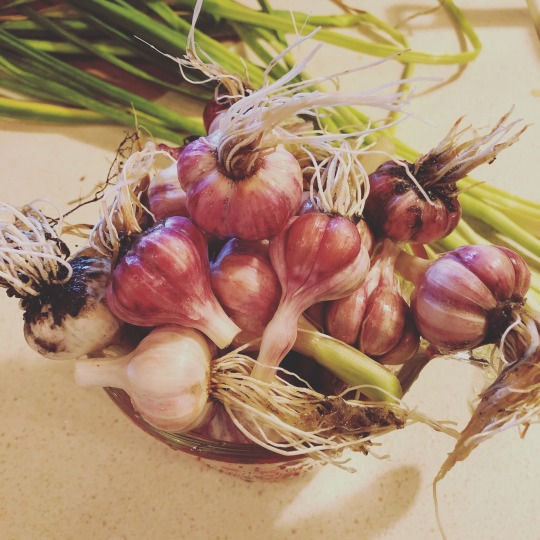
Magical and Symbolic Use
Onions, having become such a foundational food in human cuisine the world over, unsurprisingly have a place in many other cultural niches. In ancient Egypt, onions were used as a charm to protect children from ghosts and spirits as well in burial rites. Traces of onion have been found in the mummified eyesockets of Ramesses IV. It’s believed that the concentric rings of flesh in the bulb was a reference to eternal life for these people, and associated with the goddess Isis. As noted earlier, allium flowers tend to dry very well, and perhaps could make a lovely offering or decoration for the altar if you revere Isis or have a need to call on her.
Onions and garlic were also lauded by the Greeks and the Arabs as granting endurance and stamina, and to stimulate sexual desire due to their “hot” nature. Halving or quartering an onion and placing it in the corners of the kitchen or the house are a standard cleansing and protection technique, usually replaced and renewed every week or two.
You may also consider growing onions in your garden or even potted in your kitchen to bring protection in the home, or add the dried flowers into sachets. If you use scallions or “green onions” (any one of several A. cepa varieties that have a mild flavor and are either harvested prior to or don’t develop the rounded bulb we think of as an onion may be used as scallions) in your cooking, taking the white root ends from a standard grocery store purchase and let them sit in a half inch of water on a sunny windowsill. In short order, they’ll send up new greens to be harvested over and over again. If planted in soil, the size and vigor to which they grow to may surprise you--if you want to keep things petite and in the kitchen, opt for chives.
#witch#witchcraft#herbal#herbalism#pagan#neopagan#wicca#wiccan#nonwiccan#book of shadows#grimoire#american witch's herbal
3 notes
·
View notes
